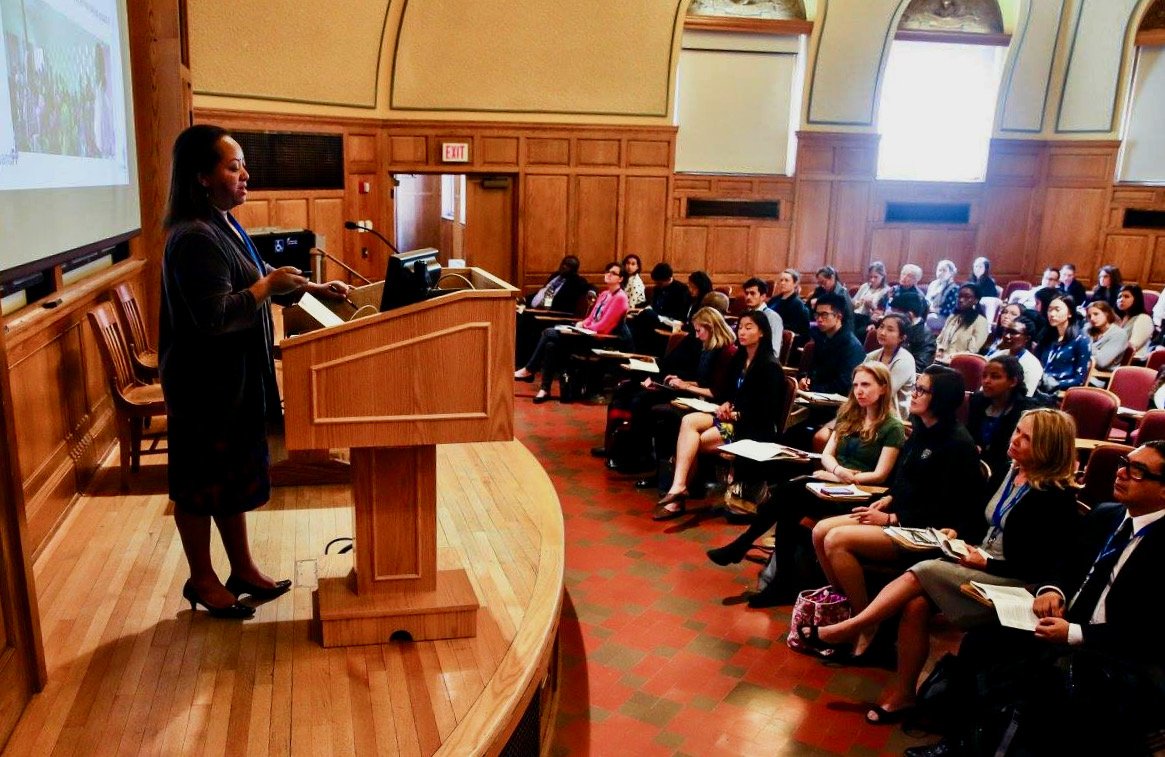
HEALTH EDUCATION STRATEGIES CERTIFICATE
Module 1: Introduction
There are over 40,000 internationally recognized non-governmental organizations operating across the world.(1). These organizations partner with thousands of local physicians, community health workers, local governments, and community organizers with the common goal of improving health outcomes in the Global South. Though the availability of medications, supplies and personnel are increasing, there are a variety of obstacles present in low-income countries that may make it difficult to provide high-quality care to patients with pressing medical conditions and limited access to healthcare.(2)(3)(4)(5). Communication barriers are a primary challenge that can impede quality healthcare delivery.(6)(7)(8). Limited formal education, illiteracy, and misinformation or misunderstandings regarding medical interventions can all contribute to communication barriers.(9)(10) A research study in Kenya, for example, demonstrated that rumors frequently prevented patients from accepting free cataract surgery.(11). To counteract low rates of literacy and a lack of familiarity with medical procedures and terminology amongst patients, visual resources can be integrated into healthcare delivery programs in order to increase understanding and patient-physician communication.
Tools used for communication among rural populations may not be effective when brought to urban populations. Similarly, methods used to communicate with patients in high-income countries, such as electronic multimedia-based programs, are often not applicable to populations in low- and middle-income countries.(12),(13) In addition to often being ineffective, elaborate pamphlets and other visual aids can be expensive to produce and divert much-needed funds from other aspects of an organization’s work. Several studies have indicated that visual illiteracy caused by poorly designed educational tools can lead to miscommunication between health workers and their patients. Past studies have also revealed that even after receiving educational sessions and being exposed to visual aids, many target groups were often still unable to comprehend medical procedures or instructions. The efficacy of visual literacy tools depends on their ability to be culturally-appropriate, cost-effective and understandable; it is only when all three of these criteria are met that a health care message can be conveyed in an effective way that enhances health knowledge and health outcomes.(14)
Now that we have identified visual literacy as a powerful communication strategy to enhance health care delivery, we next need to establish effective methods to design visual literacy tools.
Footnotes
(1) World Health Organization. (2002). WHO and Civil Society: Linking for better health, External Relations and Governing Bodies. https://apps.who.int/iris/bitstream/handle/10665/67713/WHO_CSI_2002_DP1.pdf?sequence=1&isAllowed=y.
(2) Satyanarayana K, Srivastava S. Poverty, health & intellectual property rights with special reference to India. Indian J Med Res. Oct 2007;126:390-406.
(3) O’Donnell O. Access to health care in developing countries: breaking down demand side barriers. Cad Saude Publica. Dec 2007;23:2820-34.
(4) Finger RP. Cataracts in India: current situation, access, and barriers to services over time. Opthalmic Epidemiol. May-Jun 2007;14:112-8.
(5) Strasser R. Rural health around the world: challenges and solutions. Fam Pract. Aug 2003;20:457-63.
(6) Chang Ma, Congdon NG, Baker SK, et al. The surgical management of cataract: barriers, best practices and outcomes. Int. Opthalmol. Aug 2008;28:247-60.
(7) Mahendradhata Y, Ahmad RA, Lefevre P, et al. Barriers for introducing HIV testing among tuberculosis patients in Jogjakarta, Indonesia: a qualitative study. BMC Public Health. Nov 2008;8:385.
(8) Manafa O, Lindegger G, Ijsselmuiden C. Informed consent in an antiretroviral trial in Nigeria. Indian J Med Ethics. Jan-Mar 2007;4:26-30.
(9) Strasser R. Rural health around the world: challenges and solutions. Fam Pract. Aug 2003;20:457-63.
(10) Mahendradhata Y, Ahmad RA, Lefevre P, et al. Barriers for introducing HIV testing among tuberculosis patients in Jogjakarta, Indonesia: a qualitative study. BMC Public Health. Nov 2008;8:385.
(11) Briesen, Sebastian. Understanding why patients with cataract refuse free surgery: the influence of rumours in Kenya. Tropic Medicine and International Health. May 2010: 535-539.
(12) Panton RL, Downie R, Truong T, et al. A visual approach to providing prognostic information to parents of children with retinoblastoma. Psychooncology 2008. In press.
(13) Bollschweiler E, Apitzsch J, Obliers R, et al. Improving informed consent of surgical patients using a multimedia-based program? Results of a prospective randomized multicenter study of patients before cholecystectomy. Ann Surg. 2008;248:205-11.
(14) Hugo J. and Skibbe, A., “Facing Visual Illiteracy in South African health education: a pilot study.” Journal of Visual Communication in Medicine. 14, 2 (1991): 47-50.
